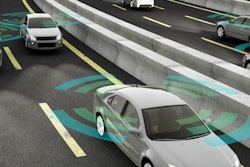Patient navigation services can be a helpful way to support cancer screening compliance, but they can also be costly, and healthcare providers must understand patients' needs to establish effective navigation programs, according to a study published online April 21 in the Journal of the American College of Radiology.
Patient navigation attempts to address care inequities by improving access to and the timeliness of healthcare services for patients in need; this often includes underrepresented minorities and patients with lower socioeconomic status, wrote a team led by Chrishanae Neal from Massachusetts General Hospital. Navigation programs try to address barriers such as healthcare literacy, transportation, and language, and they are centered in the healthcare system rather than in the community.
"Navigation programs act as a liaison between the patient and the healthcare system and offer a more durable solution to real-time barriers that present and evolve over the course of patient care," the group wrote.
Neal and colleagues reviewed literature on patient navigation services for breast and colorectal cancer screening; the researchers did not investigate patient navigation for CT-based lung cancer screening due to a lack of published data.
They found that patient navigation was an effective way to improve screening adherence for colorectal and breast cancer screening in vulnerable patient populations, but not all navigation programs had the same positive effect. Furthermore, navigation services can be costly.
"[Although] beneficial, navigation is expensive and may present an unmanageable financial burden for many healthcare centers," the group wrote. "To overcome this challenge, navigation efforts will likely need to target those patients that are most likely to benefit."



















